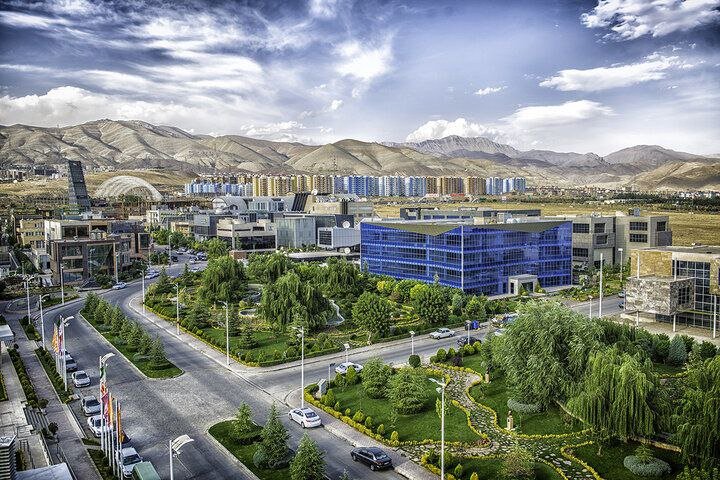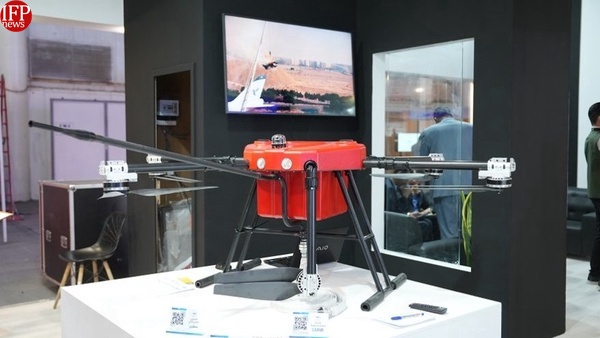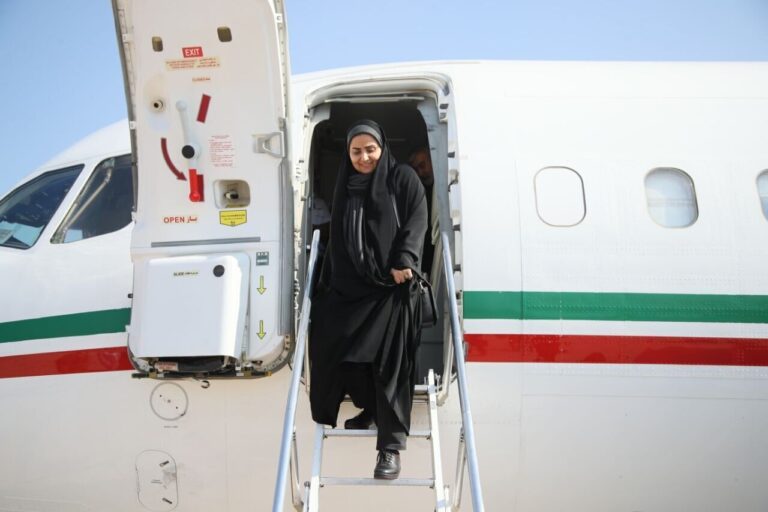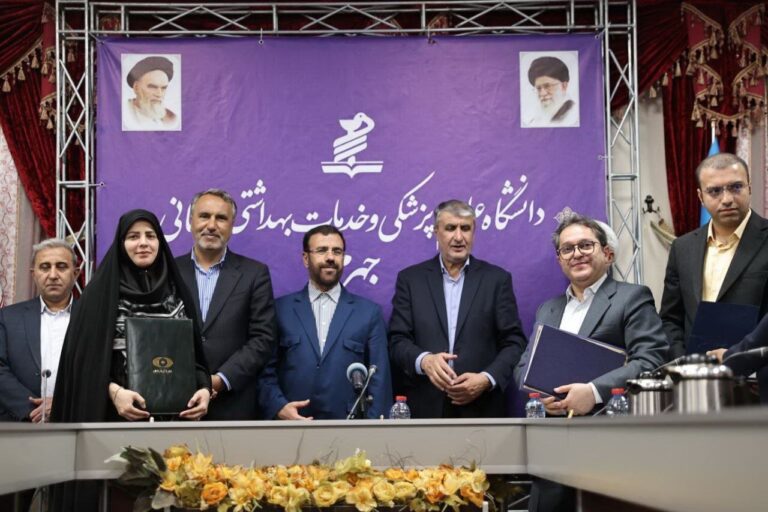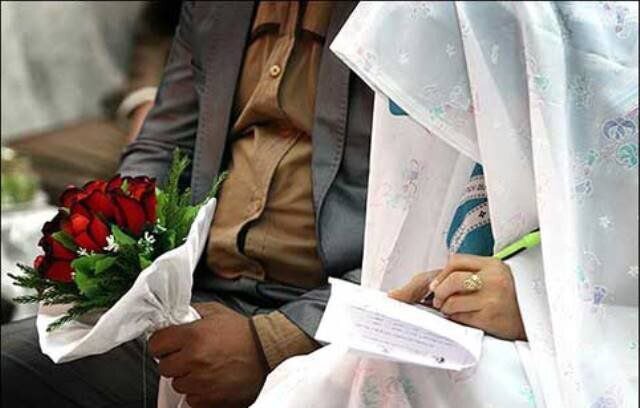St. Petersburg University Expands Global Reach with New Branch Opening in Tehran
St. Petersburg State University of Russia is set to open a new branch in the International Innovation Zone, located northeast of Tehran. This exciting development marks a significant step in enhancing educational collaboration between Iran and Russia, particularly in the realms of higher education, technology, and innovation.
On Monday, a memorandum of understanding was signed by representatives from Pardis Technology Park, Iran University of Science and Technology, and St. Petersburg University, as reported by the Mehr news agency. This agreement is part of a broader initiative by the Iranian cabinet to establish foreign university branches within the International Innovation Zone.
The partnership between Iranian and Russian universities is aimed at fostering long-term and constructive relationships. Here are some key points regarding the new collaboration:
- Comprehensive Agreements: The two countries have entered into extensive agreements that focus on enhancing higher education and technological advancements.
- Communication Secretariat: A secretariat will be established to facilitate communication between universities in both countries, ensuring effective collaboration.
- International Scientific Cooperation: Iran is dedicated to promoting international scientific cooperation, with Russia being a primary partner of interest.
- Russian Companies in Iran: Mehdi Safarinia, the head of the Organization for the Development of International Cooperation in Science and Technology, mentioned that Russian companies would have the opportunity to set up offices in Pardis Technology Park.
- Educational Opportunities: The establishment of branches of Russian universities, including St. Petersburg University and Moscow State University, will provide educational opportunities for both Iranian and regional students.
During a recent meeting with Russian Presidential Aide Andrei Fursenko, Safarinia emphasized Iran’s commitment to enhancing international scientific cooperation and furthering ties with Russia. He stated, “We have already reached agreements with St. Petersburg University and Moscow State University. We are following up on the issue in cooperation with the University of Science and Technology.”
This initiative represents a groundbreaking moment for Iran, as it will be the first foreign university branch to operate within the country. Students from Iran and neighboring regions will have the opportunity to study at this new university, with part of their education taking place in Iran and the remainder in Russia.
In conclusion, the opening of St. Petersburg State University’s branch in the International Innovation Zone not only symbolizes the strengthening of educational ties between Iran and Russia but also showcases a commitment to fostering innovation and technology in the region. The collaboration is expected to benefit students and professionals alike, paving the way for a brighter future in higher education and international cooperation.
